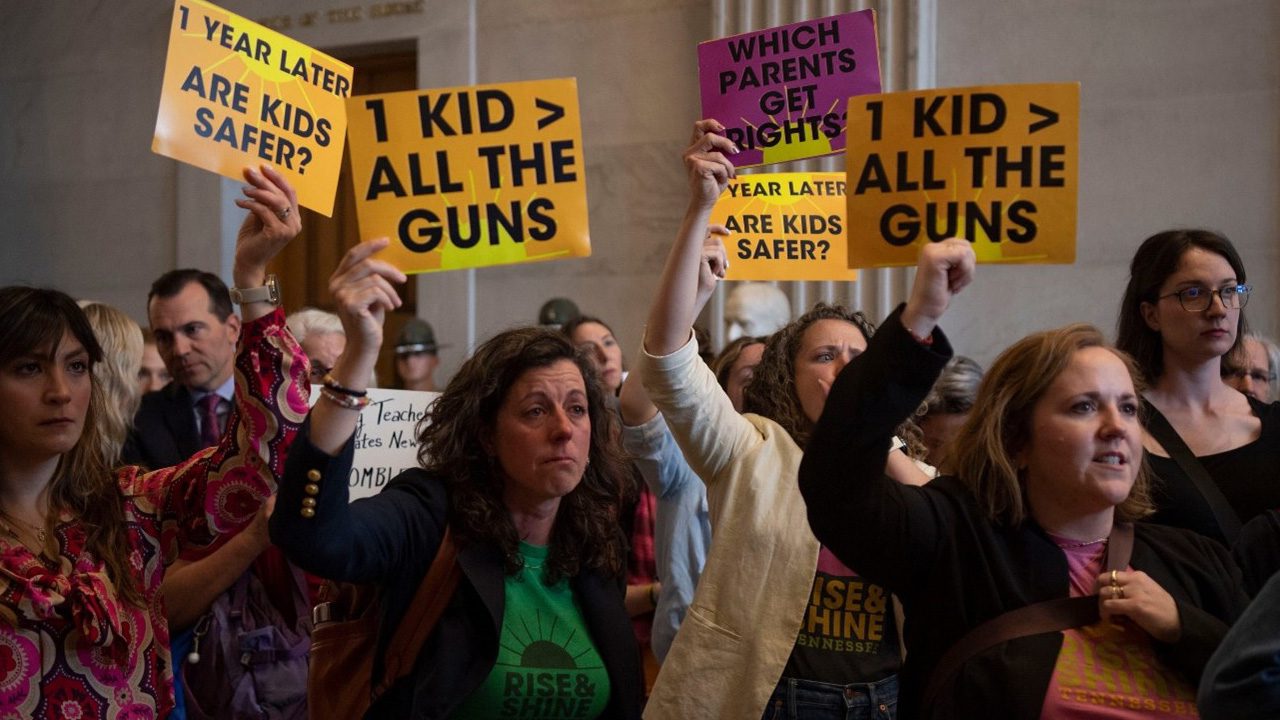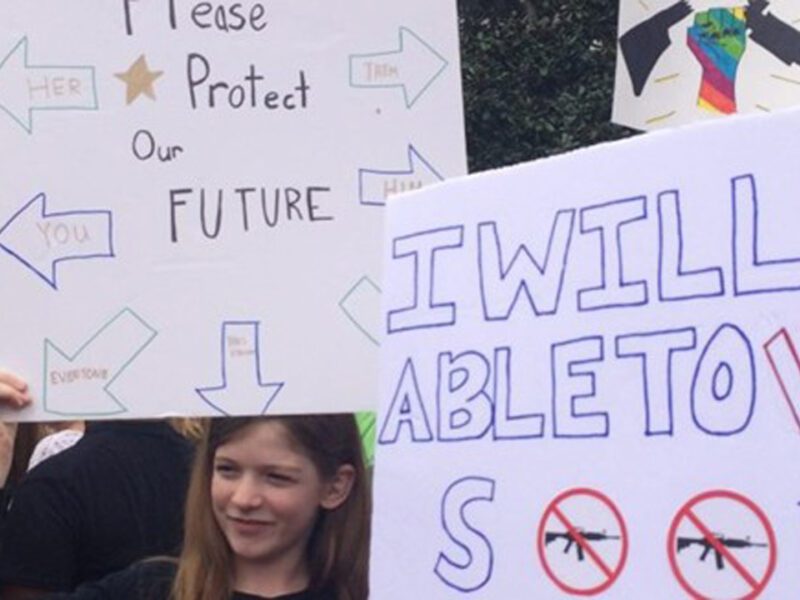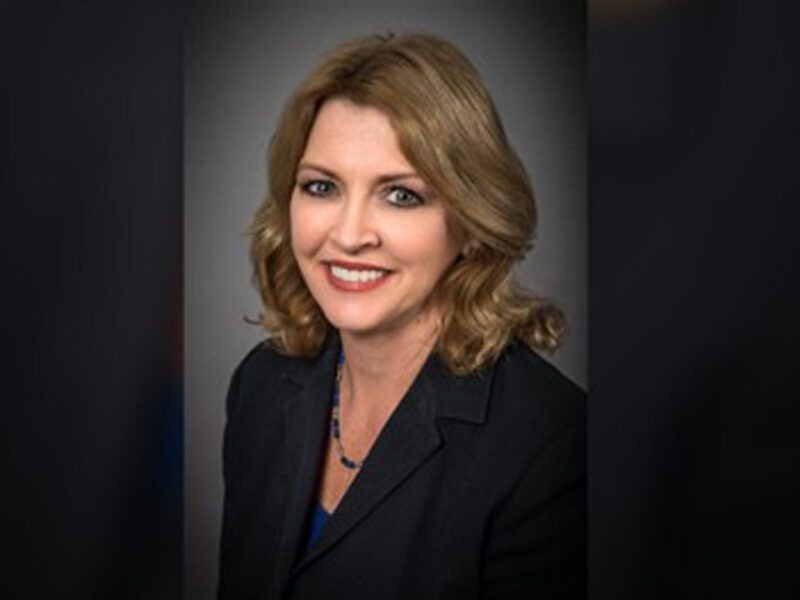Should Teachers Carry Guns? How Two Principals Answer This Question
Education Week | By Olina BanerjiSam Mallon | July 08, 2024
In April, Tennessee became the 34th state to allow teachers to carry guns at school, joining a club that’s burgeoned in the last decade, after South Dakota became the first state in 2013 to enact legislation allowing educators to be armed.
The strategy is controversial but increasingly popular with Republican-led state legislatures as schools continue to grapple with the threat—and reality—of gun violence. According to Education Week’s school shooting tracker, there were 38 such incidents that resulted in injuries or deaths in 2023, and the 2024 incident count at the year’s mid-point is up to 20.
The details of implementation vary across the states that allow school employees to carry firearms at work. Training requirements run anywhere between 40 hours in Tennessee to 144 hours in Florida.
Supporters of arming school employees, including school leaders who’ve adopted this policy, argue that armed staff could respond to an active shooter within seconds, compared to the time it takes for law enforcement to reach the school. The difference between seconds and minutes could literally save lives, advocates argue.
But opponents say arming teachers would create more problems rather than solve for safer schools. Educators who oppose the idea don’t want the responsibility of carrying a secure firearm into their classrooms on top of their already demanding jobs. There’s also little empirical evidence that armed educators would prevent a violent incident like a shooting in school.
Andy McGill, an assistant principal at the rural West Liberty-Salem High school in Ohio, which allows school employees to carry a gun on campus, doesn’t want teachers at his school to be armed.
“Teachers are wired and programmed to work with kids, to reason with kids, even to negotiate with kids,” McGill said in the video interview above with Education Week. “I would never want my teacher to have to negotiate with somebody that has a gun because there probably will be hesitation, and that just sounds like very a bad idea.”
In 2017, McGill and Greg Johnson, the principal of West Liberty-Salem, talked down an active shooter on the school’s premises with the help of a student. While the student was shot and injured, the trio managed to limit the harm to the rest of the school.
In a 2022 survey conducted by the research organization RAND Corp., 54 percent of educators polled said that having teachers carry guns to school would make schools “less safe,” while 20 percent believed this move would make schools “more safe.” All the major teacher, principal, school employee, and school security organizations oppose guns in schools, except when carried by a police or security officer.
Still, attitudes toward arming educators have evolved over the last few years, with strong support from some Republican legislators. Some supporters say the policy is useful for private or charter schools that don’t have the funds to pay the annual salary of a school resource officer.
Elizabeth Brown, the principal of Ocali Charter High School in Ocala, Fla., has allowed two trained members of her staff, known as “guardians,” to carry a concealed gun on campus, in accordance with the state’s Guardian Program. (The Florida program is named after Chris Hixon, Aaron Feis, and Scott Beigel, the educators who were killed in the 2018 mass shooting at Marjory Stoneman Douglas High School in Parkland, Fla.)
“No one knows who they are, they are entrenched with our students day after day after day. I feel just as safe with them on campus [as having SROs],” Brown said in the video interview posted above.
Armed teachers could be a replacement for school resource officers, one principal says
Brown took over as principal of Forest High School in the Ocala district right after a former student had opened fire on the school’s premises and shot a student in the foot. What helped students at Forest High in the aftermath, said Brown, was the constant presence of two school resource officers on campus.
“They provided a sense of safety, just from the way that they dressed and the way that they looked,” Brown said.
Tighter school budgets, though, could impact how many SROs school districts can employ. And in some communities, there’s been a movement against the presence of armed officers on school grounds, with some groups warning that they contribute to the criminalization and policing of students, especially students of color.
School districts like Denver, San Francisco, and Seattle clawed back their security apparatus in response to the racial justice protests that followed the murder of George Floyd in 2020. But some of those districts, including Denver, have reversed course, reinstating school resource officers on campuses.
Meanwhile, opponents fear that arming teachers could escalate the harm caused to students of color that data show are already disciplined at rates that are disproportionately higher than their white peers.
Brown is pragmatic about the resources she has at her disposal as a school leader. In different schools, she’s followed two different policies—arming educators and employing SROs. “I think that both of those programs are extremely beneficial,” Brown said.
Brown and McGill are both members of the Principal Recovery Network, an advocacy group for principals who have led schools during or in the aftermath of a shooting. The group meets with legislators frequently to demand more funding and support for schools to implement better safety measures and mental health support for students and staff.






